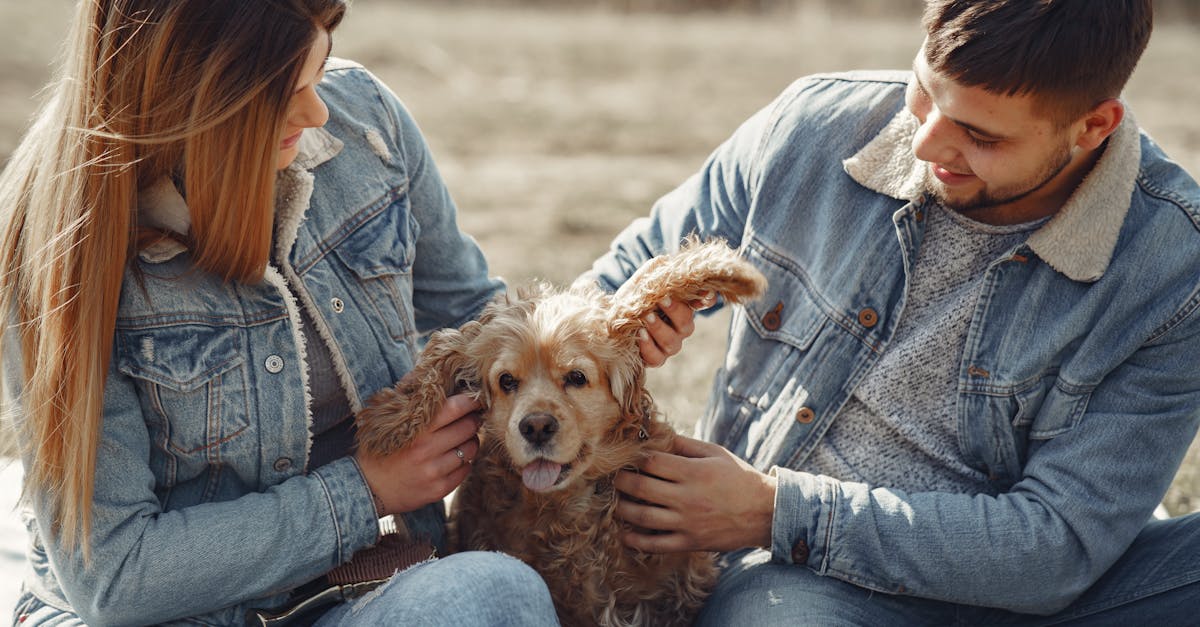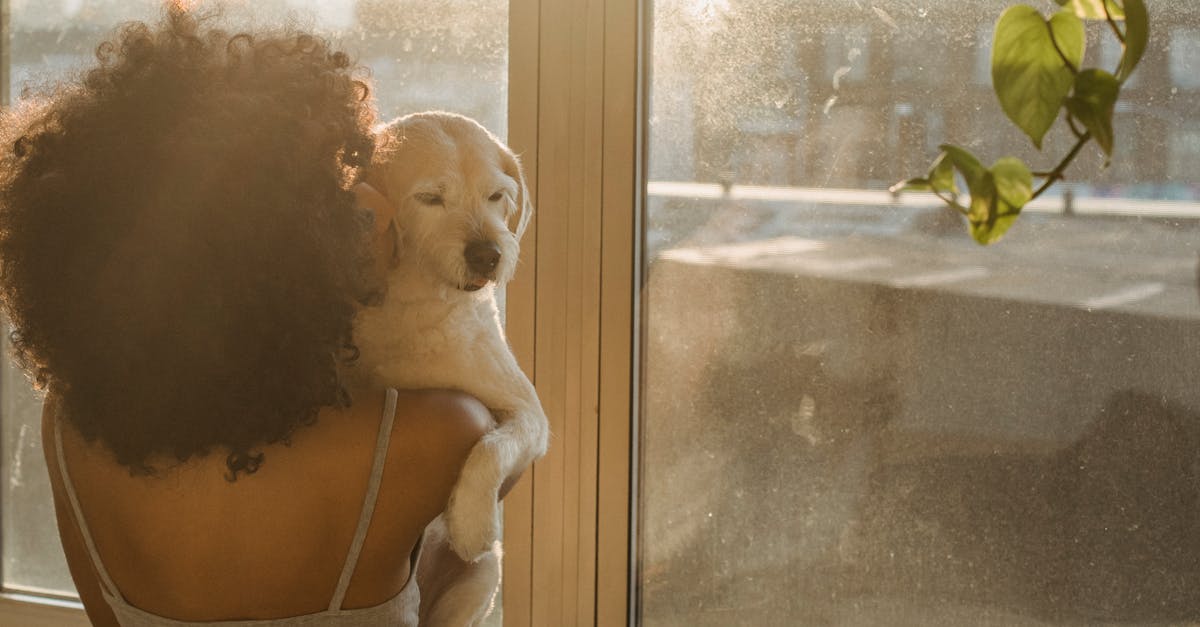Setting the Scene: Why a Stress-Free Environment Matters
Hey there, fellow pet lovers! 🐾 If you’re anything like me, your pet is more than just an animal—they’re family. I’ve been there, juggling work, social life, and the everyday hustle, all while making sure my furry friend is living their best life. Creating a stress-free environment for your pet is crucial for their overall well-being. It’s funny how something as simple as changing the layout of a room or adding a few toys can make such a difference!
The Importance of a Stress-Free Environment
You may already know that stress can have a significant impact on your pet’s health, just like it does on ours. I was struck by how much my dog, Max, changed when we moved to a quieter neighbourhood. He went from being an anxious ball of fur to a calm, happy pup. It goes to show that our pets are deeply affected by their surroundings.
The Problem: Stress in Pets
The thing is, stress in pets can manifest in various ways—excessive barking, destructive behaviour, or even health issues like digestive problems. I’ve come to realize that a stressed pet is not just an unhappy pet but also a potential risk to their health. So, let’s dive into how we can create a serene environment for our beloved companions.
Tailoring Your Home to Your Pet’s Needs
Safe Spaces: Creating a Sanctuary
One time, I noticed Max was always hiding under the bed during thunderstorms. It dawned on me that he needed a safe space. Here’s a quick story: I decided to create a little sanctuary for him in a corner of the living room. I added his favourite blanket, a couple of toys, and a piece of my clothing. You’d be surprised how quickly he took to it! It’s clear that having a designated safe space can make a world of difference for your pet.
- Choose a Quiet Corner: Pick a spot away from the hustle and bustle of the house.
- Comfort is Key: Add soft bedding, familiar toys, and maybe even an item of your clothing.
- Accessibility: Make sure it’s easy for your pet to get in and out of their sanctuary.
Routine and Consistency: The Backbone of a Stress-Free Life
Pets thrive on routine. I, for example, have a strict feeding and walking schedule for Max. It’s common knowledge that pets feel more secure when they know what to expect. Here’s a funny thing: Max can tell time! He knows exactly when it’s time for his walk and will stare at me until I grab his leash.
- Feeding Times: Stick to regular feeding times to avoid digestive issues.
- Exercise: Regular walks and playtime can help burn off excess energy and reduce anxiety.
- Training: Consistent training reinforces good behaviour and builds trust.
Sensory Overload: Minimizing Stress Triggers
I couldn’t help but notice that Max was particularly sensitive to loud noises. The other day, a firework went off, and he was a nervous wreck. Here’s a story: I invested in some noise-cancelling curtains and a white noise machine, and it made a huge difference.
- Soundproofing: Use heavy curtains or a white noise machine to muffle loud noises.
- Aromatherapy: Certain scents like lavender can have a calming effect on pets.
- Visual Stimulation: Keep the environment visually calm. Avoid too many bright lights or chaotic patterns.
Engaging Activities: Keeping Your Pet Mentally Stimulated
Toys and Games: The Fun Factor
What’s surprising is how a simple toy can keep a pet entertained for hours. I’ve been meaning to share this: I bought Max a puzzle toy, and it’s been a game-changer. It’s funny how he gets so focused, trying to get the treat out.
- Interactive Toys: Puzzle toys or treat-dispensing toys can keep your pet engaged.
- Fetch and Tug-of-War: Classic games that never go out of style.
- DIY Toys: Sometimes, a simple cardboard box can provide endless entertainment.
Training and Tricks: Building a Bond
Training isn’t just about discipline; it’s also a great way to bond with your pet. I’ve found that teaching Max new tricks keeps his mind sharp and strengthens our relationship.
- Basic Commands: Start with simple commands like sit, stay, and come.
- Advanced Tricks: Once the basics are mastered, move on to more complex tricks.
- Positive Reinforcement: Always use treats and praise to encourage good behaviour.
Socialization: The Need for Interaction
It’s worth mentioning that socialization is crucial for a well-rounded pet. I was just thinking about how Max loves his playdates at the dog park. It’s not just about physical exercise; it’s also about social interaction.
- Playdates: Arrange regular playdates with other pets.
- Training Classes: Group training classes can provide both socialization and learning.
- Visits to Pet-Friendly Places: Take your pet to pet-friendly cafes or parks.
Health and Wellness: The Foundation of a Happy Pet
Regular Vet Visits: Prevention is Better Than Cure
I can’t forget the time something surprising happened: Max had a minor skin issue that I hadn’t noticed. A quick visit to the vet caught it early, and it was easily treated. It’s clear that regular vet visits are essential for catching potential health issues before they become serious.
- Annual Check-Ups: Schedule at least one vet visit per year.
- Vaccinations: Keep up to date with all necessary vaccinations.
- Dental Care: Don’t neglect your pet’s dental health. Regular cleanings can prevent serious issues.
Nutrition: You Are What You Eat
Personally, I’ve found that a balanced diet makes a huge difference in Max’s energy levels and overall health. There’s something to be said for investing in high-quality pet food.
- Balanced Diet: Ensure your pet’s diet is well-balanced with the right mix of proteins, fats, and carbohydrates.
- Avoid Human Food: Certain human foods can be toxic to pets.
- Hydration: Always provide fresh water.
Exercise: The Key to Physical and Mental Health
From what I’ve seen, regular exercise is crucial for a pet’s well-being. Now that I think about it, Max is always in a better mood after a good run.
- Daily Walks: Aim for at least one long walk per day.
- Playtime: Incorporate playtime into your daily routine.
- Variety: Mix up the types of exercise to keep things interesting.
Emotional Well-Being: The Heart of a Happy Pet
Affection and Attention: The Love Factor
You can probably relate to this: pets crave attention and affection. I’d never have guessed how much a little extra cuddle time could improve Max’s mood.
- Cuddle Time: Spend quality time cuddling your pet.
- Positive Reinforcement: Use treats and praise to show your love.
- One-on-One Time: Make sure to spend individual time with each pet if you have more than one.
Understanding Behaviour: The Language of Love
I was struck by how much I learned about Max’s needs by simply observing his behaviour. If you ask me, understanding your pet’s body language is crucial.
- Tail Wagging: A wagging tail can indicate happiness, but also anxiety depending on the context.
- Ears and Eyes: Pay attention to ear and eye movements for signs of stress or contentment.
- Vocalizations: Different barks, meows, or other sounds can indicate different needs or emotions.
Professional Help: When to Seek Advice
Sometimes, despite our best efforts, we need a little help. I’ve been there, feeling overwhelmed and unsure. Here’s a story: I consulted a pet behaviourist when Max was having separation anxiety, and it made a world of difference.
- Behaviourists: Consult a professional if your pet has serious behavioural issues.
- Trainers: A professional trainer can help with obedience and advanced training.
- Veterinarians: Always consult your vet if you notice any changes in your pet’s behaviour or health.
Wrapping Up: Creating a Blissful Haven for Your Pet
The Joy of a Happy Pet
As I see it, there’s nothing more rewarding than seeing your pet happy and stress-free. I can’t help but think about all the little changes I’ve made over the years and how they’ve transformed Max’s life. It’s funny how these small adjustments can have such a big impact.
Take the First Step
What’s fascinating is that creating a stress-free environment for your pet doesn’t have to be complicated. Start with small changes and observe how your pet responds. I’d never have guessed that something as simple as a new toy or a quiet corner could make such a difference.
Final Thoughts
In the end, it’s all about love, attention, and understanding. If you ask me, there’s no greater joy than knowing you’ve created a safe, happy, and stress-free environment for your furry friend. So, what are you waiting for? Start making those changes today, and watch your pet’s happiness soar!
Feel free to share your own experiences and tips in the comments below. Let’s create a community where we can all learn and grow together as pet parents. 🐶🐱
I hope you found this guide helpful and inspiring. If you’re looking for more tips and tricks on pet care, check out this comprehensive guide on pet wellness. Happy pet parenting!










